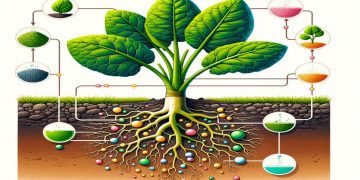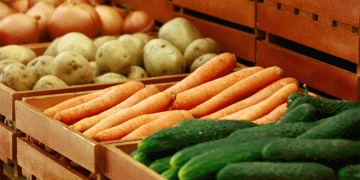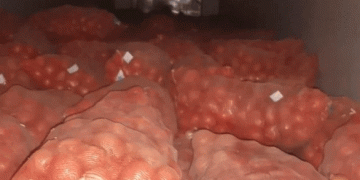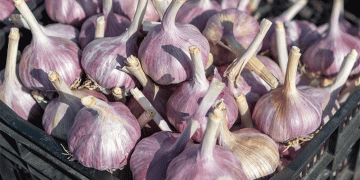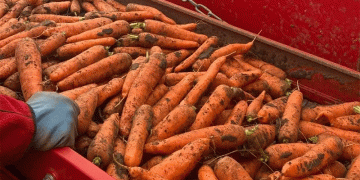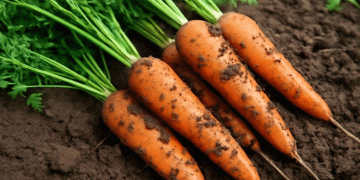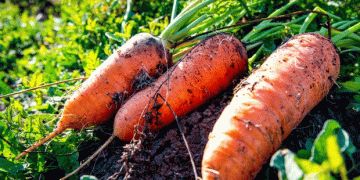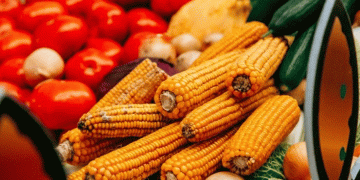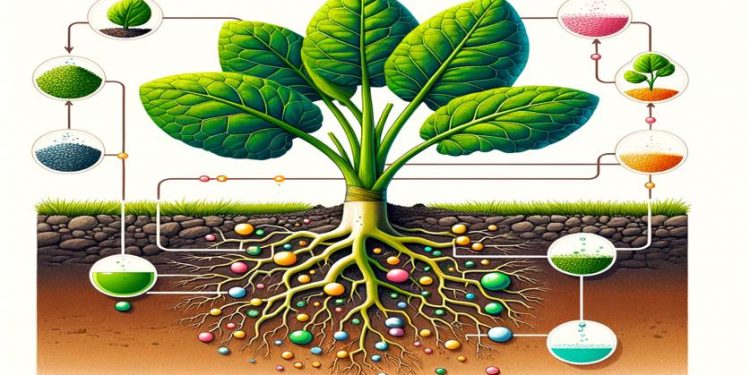Huazhong Agricultural University’s research highlights differences in PFAS bioaccumulation between radish and pak choi, offering critical insights for managing crop contamination.
Recent research from Huazhong Agricultural University has provided significant insights into the uptake and translocation of perfluoroalkyl substances (PFASs) in vegetables, focusing specifically on radish and pak choi. These findings are crucial for understanding how PFAS contamination could impact food safety and human health.
PFASs, synthetic chemicals known for their water and oil repellent properties, have been in use since the 1940s. Their non-biodegradable nature has led to widespread environmental contamination, posing risks to both ecosystems and human health. This study delves into how PFASs are absorbed by crops and how they move from roots to leaves, with particular attention to radish and pak choi.
One of the key findings of the study is the differential ability of these vegetables to transfer PFASs. Radish, which lacks Casparian strips in its roots—a barrier that controls the movement of substances into the plant—shows a higher tendency to accumulate PFASs in its leaves compared to pak choi. This lack of Casparian strips in radish roots makes it more susceptible to PFAS bioaccumulation, potentially increasing human exposure through the consumption of contaminated radish.
The research also indicates that the bioaccumulation of C4-C8 perfluoroalkyl carboxylic acids (PFCAs) in pak choi follows a U-shaped trend based on carbon chain length. Specifically, the movement of these substances from the roots to the leaves decreases as the chain length increases. This observation aligns with previous findings that longer-chain PFASs are less mobile within plants.
Leaf uptake of PFASs, particularly perfluorooctanoic acid (PFOA), is primarily influenced by cuticle sorption. Additionally, stomatal activity, which can be affected by plant hormones like abscisic acid, plays a role in PFAS concentrations in leaves. The study observed a reduction in PFOA levels in leaves following stomatal closure, highlighting the interplay between stomatal function and PFAS uptake.
The research also found that PFASs could translocate from exposed leaves to roots and subsequently to unexposed leaves, with longer-chain PFASs showing higher translocation potentials. Perfluorooctane sulfonate (PFOS) exhibited higher bioaccumulation levels in both roots and leaves compared to PFOA, likely due to its greater hydrophobicity.
These findings underscore the need for careful selection of crops in PFAS-contaminated environments. Radish, due to its lack of protective Casparian strips, should be particularly scrutinized for PFAS accumulation. The study highlights the importance of understanding plant anatomy and PFAS properties to develop effective strategies for mitigating contamination risks.
The research from Huazhong Agricultural University adds to the growing body of knowledge on PFAS environmental impact and underscores the need for continued investigation into these persistent pollutants. By informing agricultural practices and policies, this research aims to minimize human exposure to harmful substances and ensure safer food production.
